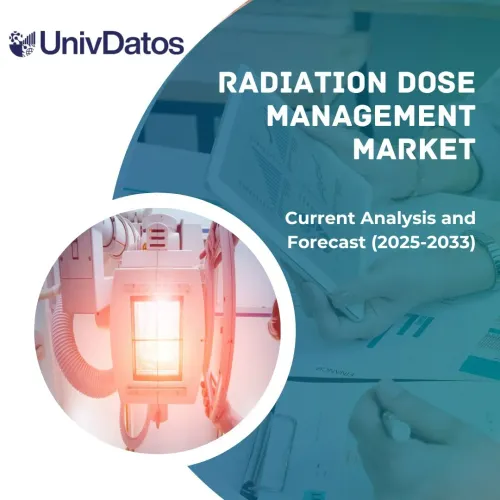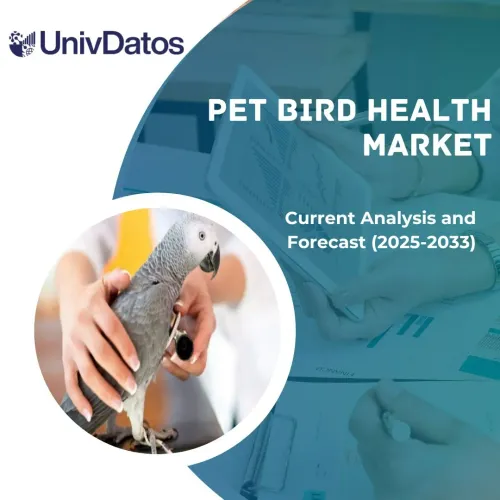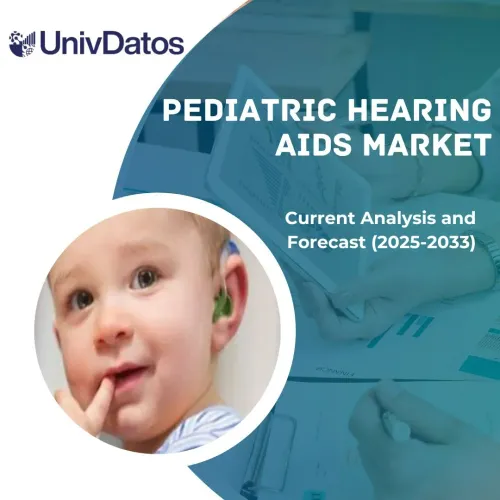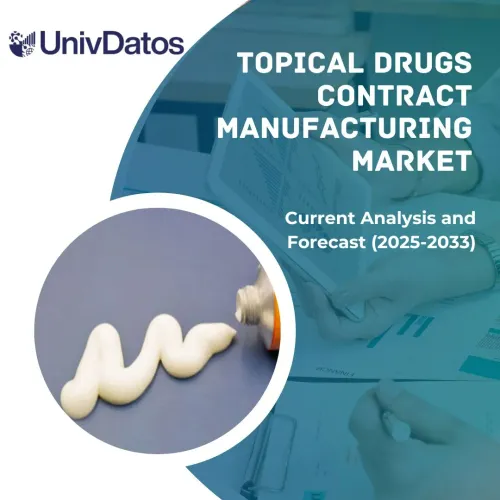Рынок сердечного тропонина: текущий анализ и прогноз (2023–2030)
Акцент на сегменты [Лабораторное тестирование и экспресс-диагностика (POC)]; Показания (Инфаркт миокарда, Острый коронарный синдром, Ишемическая болезнь сердца, Застойная сердечная недостаточность и другие); Конечные пользователи (Больницы, Диагностические центры и другие); и Регион/Страна
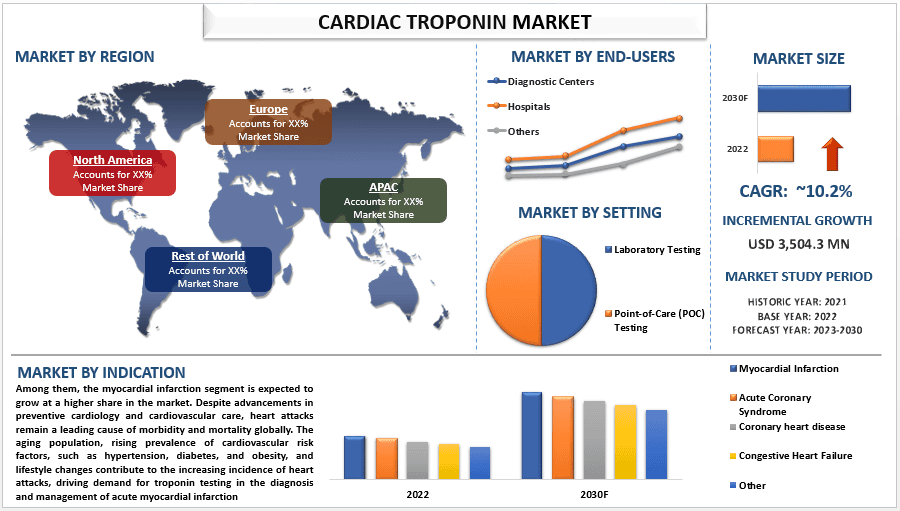
Объем рынка сердечного тропонина в 2022 году оценивался в 3 504,3 млн долларов США, и ожидается, что в период с 2023 по 2030 год он будет расти со среднегодовым темпом роста 10,2 %.Сердечные тропонины — это белки, высвобождающиеся в кровоток при повреждении сердечной мышцы, что делает их важными маркерами для диагностики сердечных приступов и других сердечных заболеваний. Распространенность сердечно-сосудистых заболеваний, таких как сердечные приступы, сердечная недостаточность и инфаркты миокарда, является важным фактором развития рынка сердечного тропонина. Поскольку эти заболевания продолжают поражать значительную часть населения мира, спрос на тестирование тропонина для диагностики и мониторинга этих заболеваний остается высоким.Например, в 2024 году около 620 миллионов человек во всем мире живут с сердечными и сосудистыми заболеваниями. По оценкам, во всем мире 1 из 13 человек живет с сердечным или сосудистым заболеванием. Кроме того, достижения в области технологий привели к разработке более чувствительных и специфичных анализов тропонина. Эти достижения повышают точность и надежность тестирования тропонина, способствуя его внедрению в клиническую практику. Кроме того, стареющее население более восприимчиво к сердечно-сосудистым заболеваниям, что приводит к более высокому спросу на тестирование сердечных биомаркеров, включая тропонин.
Некоторые из основных игроков, действующих на рынке: F. Hoffmann-La Roche Ltd., BIOMÉRIEUX., Abbott, Siemens Healthcare Private Limited, Beckman Coulter, Inc, Trinity Biotech, Bio-Techne, PerkinElmer Inc, Bio-Rad Laboratories, Inc, Eurolyser Diagnostica GmbH. Несколько слияний и поглощений, а также партнерств были предприняты этими игроками для предоставления клиентам высокотехнологичных и инновационных продуктов/технологий.
Информация, представленная в отчете
«Среди сегментов лабораторного тестирования сегмент лабораторного тестирования занимал значительную долю рынка в 2023 году».
В зависимости от среды рынок сегментирован на лабораторное тестирование, экспресс-диагностику (POC). Ожидается, что категория лабораторного тестирования продемонстрирует самый высокий среднегодовой темп роста в течение прогнозируемого периода. Лабораторные анализы тропонина, как правило, обеспечивают высокую точность и прецизионность, что делает их хорошо подходящими для диагностики и мониторинга сердечно-сосудистых заболеваний. Поставщики медицинских услуг часто полагаются на лабораторное тестирование для получения точных измерений тропонина, особенно в случаях, требующих серийного тестирования или при оценке пациентов со сложными медицинскими состояниями. Например, в 2021 году ARCHITECT hsTnI I 20 assay. Этот высокочувствительный анализ тропонина I может похвастаться улучшенной прецизионностью и чувствительностью для точной диагностики и исключения сердечного приступа. Кроме того, лабораторные платформы тестирования предлагают комплексные возможности для тестирования сердечных биомаркеров, включая анализы тропонина, наряду с другими соответствующими тестами, такими как липидные профили, электролитные панели и визуализация сердца.
«Среди показаний сегмент инфаркта миокарда занимал более высокий среднегодовой темп роста на рынке в 2023 году».
В зависимости от показаний рынок сердечного тропонина был классифицирован как инфаркт миокарда, острый коронарный синдром, ишемическая болезнь сердца, застойная сердечная недостаточность и другие. Среди них ожидается, что сегмент инфаркта миокарда будет расти с большей долей на рынке. Несмотря на достижения в области профилактической кардиологии и сердечно-сосудистой помощи, сердечные приступы остаются ведущей причиной заболеваемости и смертности во всем мире. Старение населения, рост распространенности сердечно-сосудистых факторов риска, таких как гипертония, диабет и ожирение, а также изменения образа жизни способствуют увеличению частоты сердечных приступов, что стимулирует спрос на тестирование тропонина при диагностике и лечении острого инфаркта миокарда.
«Северная Америка доминировала на рынке сердечного тропонина в 2023 году».
Ожидается, что рынок сердечного тропонина в Северной Америке продолжит расти в ближайшие годы, что обусловлено растущей распространенностью сердечно-сосудистых заболеваний и повышением осведомленности о сердечном тропонине среди медицинских работников и населения в целом, разработкой передовых методов и ростом вариантов лечения.Например, в 2019 году, по данным CDC, каждый год около 805 000 человек в Соединенных Штатах переносят сердечный приступ. Около 1 из 5 сердечных приступов протекают бессимптомно, ущерб нанесен, но человек об этом не знает.
Обзор отчета по рынку сердечного тропонина
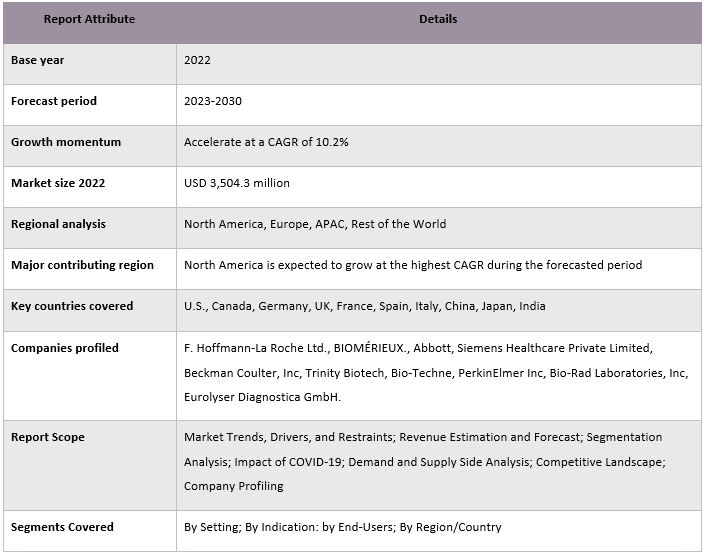
Причины для покупки этого отчета:
- Исследование включает в себя анализ размеров рынка и прогнозирование, подтвержденные аутентифицированными ключевыми отраслевыми экспертами.
- Отчет представляет собой краткий обзор общей эффективности отрасли.
- Отчет содержит углубленный анализ выдающихся отраслевых коллег с основным упором на основные финансовые показатели бизнеса, продуктовые портфели, стратегии расширения и последние разработки.
- Детальное изучение драйверов, ограничений, ключевых тенденций и возможностей, преобладающих в отрасли.
- Исследование всесторонне охватывает рынок по различным сегментам.
- Углубленный анализ отрасли на региональном уровне.
Варианты настройки:
Глобальный рынок сердечного тропонина может быть дополнительно настроен в соответствии с требованиями или любым другим сегментом рынка. Кроме того, UMI понимает, что у вас могут быть свои собственные бизнес-потребности, поэтому не стесняйтесь обращаться к нам, чтобы получить отчет, который полностью соответствует вашим требованиям.
Содержание
Методология исследования для анализа рынка сердечного тропонина (2023–2030)
Анализ исторического рынка, оценка текущего рынка и прогнозирование будущего рынка глобального рынка сердечного тропонина были тремя основными шагами, предпринятыми для создания и анализа внедрения сердечного тропонина в основных регионах мира. Для сбора исторических рыночных показателей и оценки текущего размера рынка были проведены исчерпывающие вторичные исследования. Во-вторых, для подтверждения этих данных были приняты во внимание многочисленные выводы и предположения. Кроме того, были проведены исчерпывающие первичные интервью с отраслевыми экспертами по всей цепочке создания стоимости глобального рынка сердечного тропонина. После принятия предположений и подтверждения рыночных показателей посредством первичных интервью мы применили подход сверху вниз/снизу вверх для прогнозирования полного размера рынка. После этого были приняты методы разбивки рынка и триангуляции данных для оценки и анализа размера рынка сегментов и подсегментов отрасли. Подробная методология описана ниже:
Анализ исторического размера рынка
Шаг 1: Углубленное изучение вторичных источников:
Подробное вторичное исследование было проведено для получения исторического размера рынка сердечного тропонина из внутренних источников компании, таких какгодовые отчеты и финансовые отчетности, презентации о результатах деятельности, пресс-релизы и т. д.,и внешних источников, включаяжурналы, новости и статьи, правительственные публикации, публикации конкурентов, отраслевые отчеты, сторонние базы данных и другие авторитетные публикации.
Шаг 2: Сегментация рынка:
После получения исторического размера рынка сердечного тропонина мы провели детальный вторичный анализ для сбора исторических рыночных данных и доли для различных сегментов и подсегментов для основных регионов. Основные сегменты включены в отчет как среда, показания и конечный пользователь. Дальнейший анализ на уровне стран был проведен для оценки общего внедрения моделей тестирования в этом регионе.
Шаг 3: Факторный анализ:
После получения исторического размера рынка различных сегментов и подсегментов мы провели детальныйфакторный анализдля оценки текущего размера рынка сердечного тропонина. Далее мы провели факторный анализ с использованием зависимых и независимых переменных, таких как среда, показания и конечный пользователь рынка сердечного тропонина. Был проведен тщательный анализ сценариев спроса и предложения с учетом ведущих партнерств, слияний и поглощений, расширения бизнеса и запуска продуктов в секторе рынка сердечного тропонина по всему миру.
Оценка и прогноз текущего размера рынка
Оценка текущего размера рынка:Основываясь на практических выводах из вышеуказанных 3 шагов, мы пришли к текущему размеру рынка, ключевым игрокам на глобальном рынке сердечного тропонина и долям рынка сегментов. Все необходимые доли в процентах, разбивки и разбивки рынка были определены с использованием вышеупомянутого вторичного подхода и были подтверждены посредством первичных интервью.
Оценка и прогнозирование:Для оценки и прогноза рынка были присвоены веса различным факторам, включая движущие силы и тенденции, ограничения и возможности, доступные для заинтересованных сторон. После анализа этих факторов были применены соответствующие методы прогнозирования, т. е. подход сверху вниз/снизу вверх, для получения прогноза рынка на 2030 год для различных сегментов и подсегментов на основных рынках мира. Методология исследования, принятая для оценки размера рынка, включает:
- Размер рынка отрасли в стоимостном выражении (доллары США) и уровень внедрения рынка сердечного тропонина на основных рынках внутри страны
- Все процентные доли, разбивки и разбивки сегментов и подсегментов рынка
- Ключевые игроки на глобальном рынке сердечного тропонина с точки зрения предлагаемой продукции. Кроме того, стратегии роста, принятые этими игроками для конкуренции на быстрорастущем рынке
Проверка размера и доли рынка
Первичное исследование:Были проведены углубленные интервью с ключевыми лидерами мнений (KOL), включая руководителей высшего звена (CXO/VP, руководители по продажам, руководители по маркетингу, руководители по операционной деятельности, региональные руководители, руководители по странам и т. д.) во всех основных регионах. Затем результаты первичного исследования были обобщены, и был выполнен статистический анализ для подтверждения заявленной гипотезы. Данные первичного исследования были консолидированы с результатами вторичных исследований, таким образом превращая информацию в практические выводы.
Разделение основных участников по различным регионам
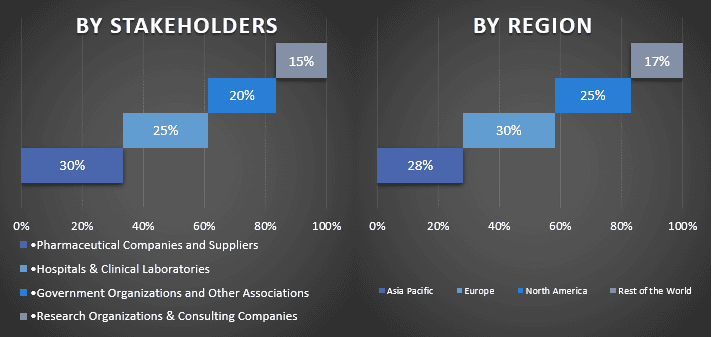
Инженерное дело рынка
Для завершения общей оценки рынка и получения точных статистических данных по каждому сегменту и подсегменту глобального рынка сердечного тропонина была применена техника триангуляции данных. Данные были разделены на несколько сегментов и подсегментов после изучения различных параметров и тенденций в областях среды, показаний и конечных пользователей на глобальном рынке сердечного тропонина.
Основная цель исследования глобального рынка сердечного тропонина
В исследовании были определены текущие и будущие рыночные тенденции глобального рынка сердечного тропонина. Инвесторы могут получить стратегическую информацию для принятия решений об инвестициях на основе качественного и количественного анализа, проведенного в исследовании. Текущие и будущие рыночные тенденции определили общую привлекательность рынка на региональном уровне, предоставив участникам отрасли платформу для использования неиспользованного рынка, чтобы извлечь выгоду из преимущества первого хода. Другие количественные цели исследований включают:
- Проанализировать текущий и прогнозируемый размер рынка сердечного тропонина в стоимостном выражении (USD). Также проанализировать текущий и прогнозируемый размер рынка различных сегментов и подсегментов
- Сегменты в исследовании включают области среды, показаний и конечного пользователя
- Определение и анализ нормативно-правовой базы для отрасли сердечного тропонина
- Анализ цепочки создания стоимости с участием различных посредников, а также анализ поведения клиентов и конкурентов в отрасли
- Проанализировать текущий и прогнозируемый размер рынка сердечного тропонина для основных регионов
- Основные страны регионов, изученные в отчете, включают Азиатско-Тихоокеанский регион, Европу, Северную Америку и остальной мир
- Профили компаний на рынке сердечного тропонина и стратегии роста, принятые игроками рынка для поддержания устойчивости на быстрорастущем рынке
- Углубленный анализ отрасли на региональном уровне
Часто задаваемые вопросы Часто задаваемые вопросы
Вопрос 1: Каков текущий размер рынка и потенциал роста мирового рынка сердечного тропонина?
Вопрос 2: Какие факторы способствуют росту мирового рынка сердечного тропонина?
Вопрос 3: Какой сегмент имеет наибольшую долю мирового рынка сердечного тропонина по условиям применения?
Вопрос 4: Какие новые технологии и тенденции существуют на мировом рынке сердечного тропонина?
Вопрос 5: Какой регион будет доминировать на мировом рынке сердечного тропонина?
Вопрос 6: Кто является ключевыми игроками, работающими на мировом рынке сердечного тропонина?
Связанные Отчеты
Клиенты, купившие этот товар, также купили


